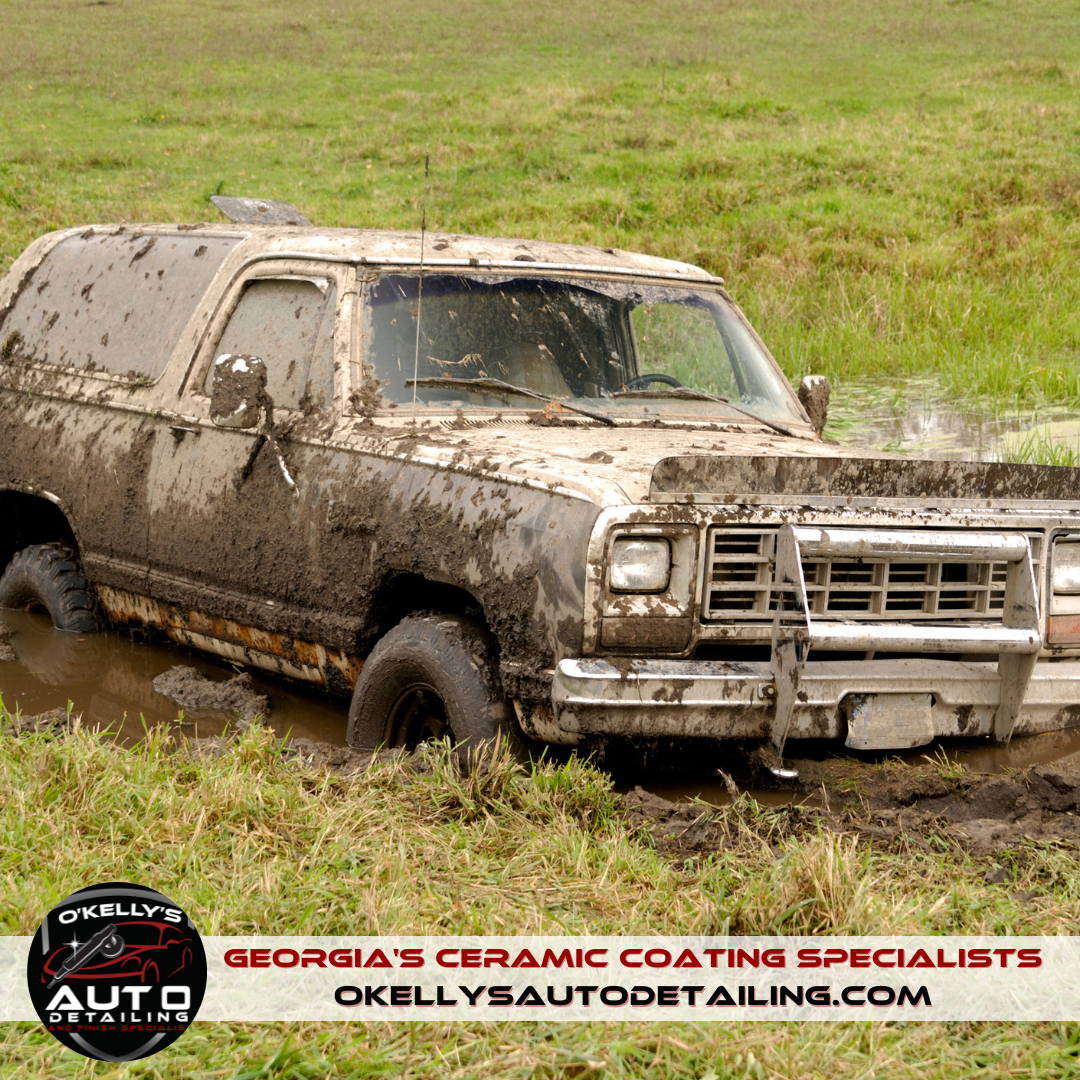The Downsides of Automatic Car Washes Explained
Introduction: Keeping the Shine Alive
Every car enthusiast appreciates the sparkle of a newly cleaned vehicle. The speed and convenience of automatic car washes are undeniably tempting for many. But before you head into that whirlwind of rotating brushes, there are important considerations to bear in mind. While automatic car washes offer quick results, they also present certain drawbacks. In this article, we'll discuss the primary reasons you might reconsider using them.
Abrasive Brushes: More than Just a Spin
At the heart of every automatic car wash are the brushes. They're designed to whisk away dirt and grime from your vehicle's surface. But do they do more harm than good?
The reality is these brushes often trap small particles of dirt, sand, and debris. Imagine someone with a sizable truck had just spent their afternoon "mudding," reveling in the messy fun that off-roading provides. Mud-covered and triumphant, they head straight for the nearest automatic car wash. Their hefty tires and the entire vehicle are laden with thick mud, sand, and pebbles. As they proceed through the wash, the brushes work overtime to clear away this overwhelming amount of muck. Once the truck leaves, much of the dirt and debris remains embedded in the bristles of the brushes. Enter your vehicle next in line, and those same brushes now scrape and drag that residue from the truck onto your vehicle.
These trapped particles can cause scratches on your vehicle's paint. Over time, these abrasions can accumulate, dull your car's shine, and damage your paint.
Chemical Exposure: Not All Suds Are Equal
Automatic car washes rely heavily on chemicals to give your vehicle that 'just-washed' look. From foamy detergents to shiny waxes, they promise a gleaming finish.
Harmful chemicals used in automated car wash soaps
However, the chemicals used in these washes aren't always friendly to your car or the environment. Some of these potent concoctions can erode the protective wax layers of your car, while others may pose environmental hazards, especially to aquatic ecosystems when improperly drained.
In contrast, most professional auto detailers prioritize the health of your car by using mild, pH-neutral detail soaps that are gentle on the vehicle's surface. Adopting a hand wash approach, particularly the two-bucket wash method, or entrusting your car to a professional auto detailer ensures the longevity of your vehicle's appearance and promotes eco-friendly practices. By choosing these methods, you control the products touching your car, simultaneously safeguarding its finish and the environment.
Hard Water Spots on Trim of Vehicle
Water Spots: The Unsightly Aftermath
Automatic car washes use large quantities of water but often don't provide efficient drying. This means water droplets can remain on your vehicle and bake under the sun, leading to unsightly water spots. These spots don't just mar the look of your vehicle; they can be a challenge to remove and oftentimes require a professional paint correction. On the other hand, manual drying after a wash prevents the formation of these spots, keeping your car spotless in more ways than one.
Damaged side mirror due to automated car wash malfunction
Machine Malfunctions: A Costly Affair
Machines, however sophisticated, aren't infallible. Sensors might malfunction, leading to brushes not lifting correctly or detergent dispensers releasing too much product. Many automatic wash goers have recounted experiences of automatic washes snapping off side mirrors, causing dents, and even cracking their windshields.
While not frequent, these accidents are potential risks of relying on machine-operated car washes.
Protect your vehicle from the elements with a a ceramic coating
Paint Protection: The Wear and Tear Debate
Many car enthusiasts invest in ceramic coatings or wax protections, often under the impression that these layers act as a veritable shield against all external elements. Indeed, ceramic coatings are phenomenal in offering enhanced protection against contaminants, UV rays, and minor scratches. They give the car a beautiful, hydrophobic finish, making water bead off and reducing the chances of water spots. However, it's crucial to debunk a common misconception. These protective layers are not invincible against the potential abrasions of an automatic car wash. With their abrasive brushes and strong detergents, automatic car washes can still inflict damage even to vehicles with ceramic or wax coatings.
For those who've invested in such protective treatments, hand washing or professional detailing services remain the safest way to maintain the car's aesthetic and protective qualities.
Hidden Spots: Machines Miss the Details
While automatic car washes can cover the broad areas of your vehicle, they often miss the nooks and crannies. Mud lodged in wheel wells, grime in door jams, or bird droppings on side mirrors might remain untouched. A manual wash offers meticulous attention to detail, ensuring every inch of your car gets the cleaning it deserves.
Environmental Concerns: The Water Waste Dilemma
It's a misconception that automatic car washes use less water. Many systems utilize vast amounts of water per vehicle, much of which goes to waste. Opting for a hand wash at a location that practices water conservation, hiring a professional auto detailer, or even washing the vehicle yourself can significantly reduce water wastage. This saves water and cuts down on your environmental footprint.
Conclusion: Choose Wisely, Drive Proudly
While the convenience of automatic car washes is undeniable, the downsides are worth considering. By choosing a more hands-on approach, you ensure a cleaner, shinier vehicle and contribute to its longevity and the well-being of our planet.
Next time your car needs a rinse, think beyond the machine and consider giving it the personal touch it truly deserves by hiring a professional auto detailer, or hand washing the vehicle yourself using the two bucket wash method.







